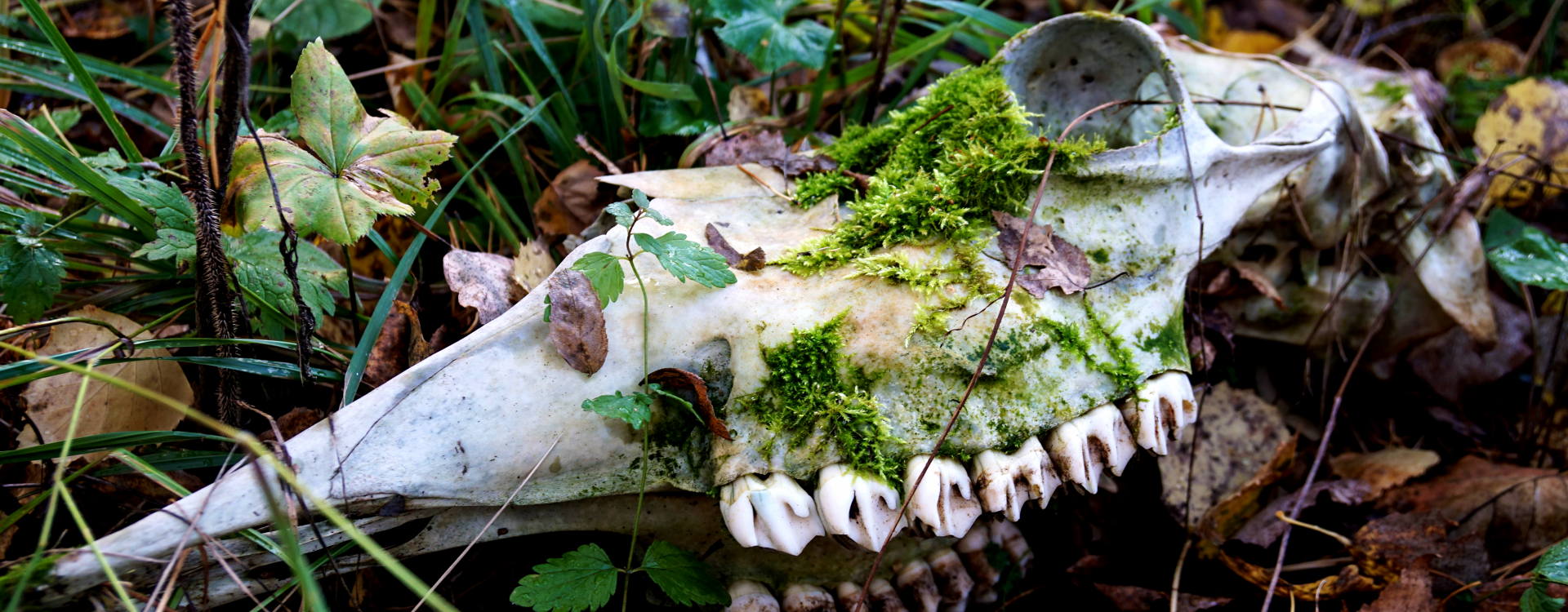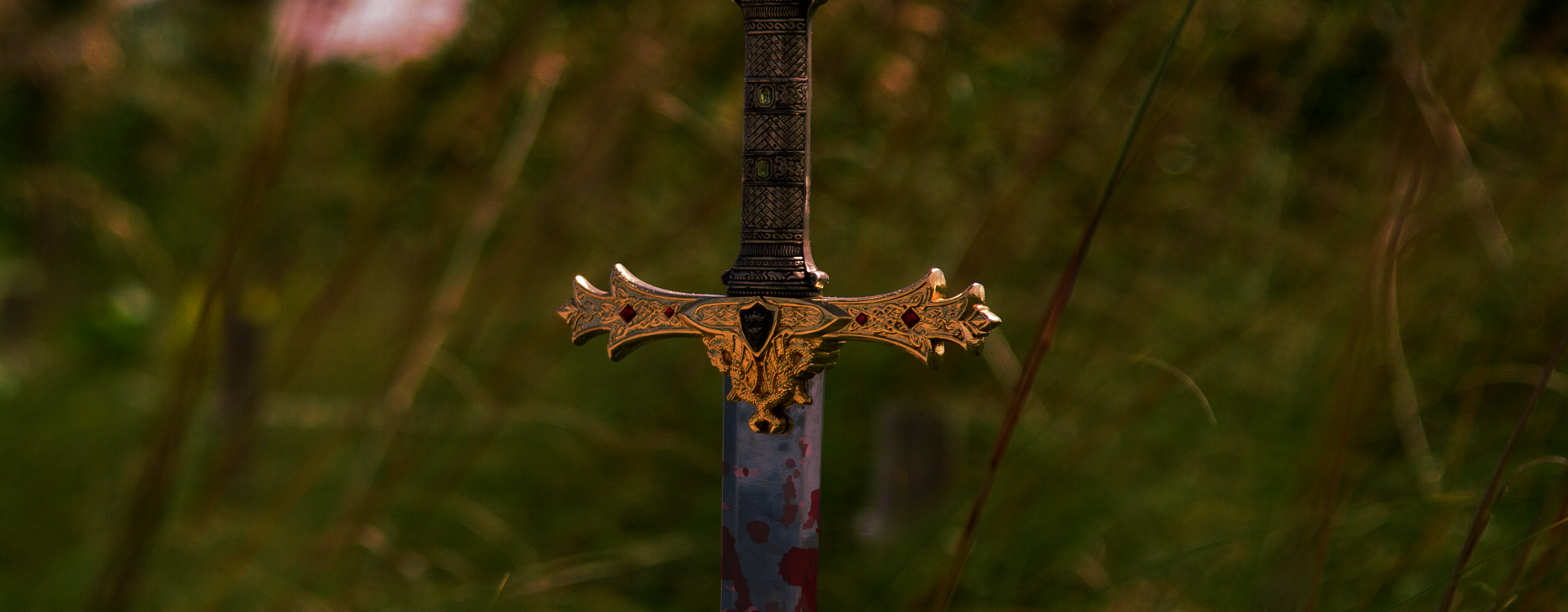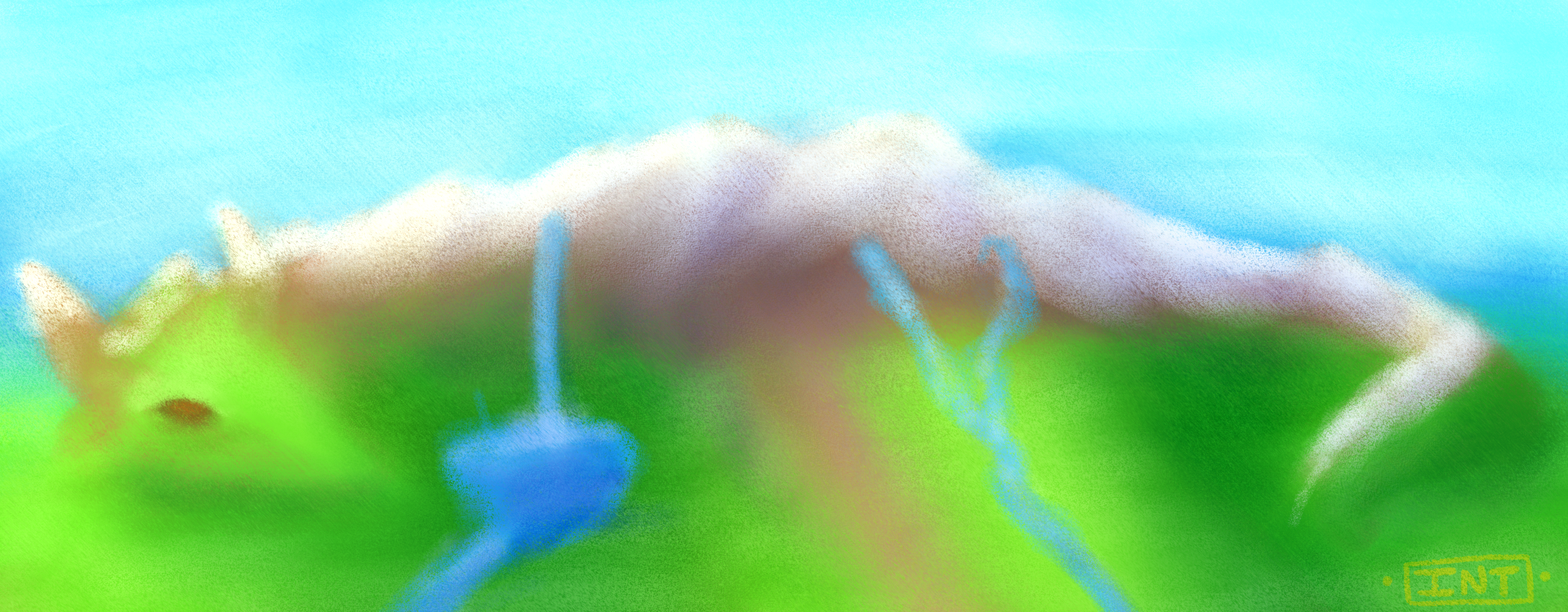Dragon
Just as Balance begets Structure and Change, as Justice begets Mercy and Vengeance, so do the Divinities beget Dragons - divine avatars to mould the earth as they see fit.Dragons are one of the four sapient species on Tiyu Amara, predating human, elves, and merfolk by a significant margin. They are primarily found on the continent of Thurásin, or in the vast oceans.
Types
Dragons can be roughly divided into 3 types, based on factors such as age, size, and magical power;Celestial Dragons
Celestials are the most powerful of all dragons, and are believed by many humans to be aspects of The Divinities, the core pantheon of gods. As a result, celestials are functionally gods, with one distinction - they can be killed. They are the first of the dragons, and all other dragons descend from them. They tend to keep to themselves, spending many years and centuries in hibernation.Examples of celestial dragons are;
- The Abravost Dragon - A dragon who is believed to encircle the entire continent of Abravost, and who only emerges from the depths of the oceans to attack travellers. They are attested to in two sources - the Yulemto story of their journey to Abravost, and the fleet diaries of sailors travelling from Abravost to Thurásin. They are speculated to be behind the lack of dragons anywhere on the continent it surrounds.
- Jrinta, also known as the Dyiiladuun Dragon - A dragon who spent tens of thousands of years hibernating beneath a peninsula alongside the body of their child. Was roused from their slumber by the actions of the country of Dyiiladuun, especially its leader Ngaabalumi, and destroyed the entire peninsula in a rage. Was defeated and killed by an army of pact-bound warriors with the aid of the Divinities, after they turned their ire to the rest of Thurásin.
- Krenar - A dragon in Vosti myth, who is said to lie beneath the Krenar Mountains of Abravost in a manner similar to Jrinta. Whether Krenar would count as a celestial or major isn't known, since they are surely ancient. More importantly, they probably don't exist or are long dead, having been killed by pact-bound warriors in the myth.
Major Dragons
Major is a designation typically reserved for ancient and wise dragons, usually the children of Celestials. They are far less divine than their forebears, and possess less world-changing ability. They are often revered by local humans for the roles they are said to have played in forming local geography.Examples of major dragons are;
- The Diinöl Zdächörri - a dragon native to central Thurásin, who is said to have carved the original path of the River Tsädh herself. She lives within its source of Lake Strelish and comes above the water once a decade, to much celebration.
- Ajirun - the child of Jrinta. Died long before the written record, and was buried within the peninsula alongside their slumbering parent. They are posthumously revered by the Dyiiladuunawa as the creator of the sea where Dyiiladuun once stood, and is honoured with gifts as a form of penance for the damage done to them by humans.
- Ffong'lá - a dragon found in the mountains of eastern Thurásin, who is credited with raising many of the mountains to their current grand height. He is in the unusual position of being revered by the Thurimppányep'i, who ritualistically hunt dragons. To them, Ffong'lá is the sole acceptable one, due to his purported role in ensuring a group of hunters did not freeze to death during the Era of Conquest.
Minor Dragons
Minor dragons are the small, young, and weak. They are usually the ones born within the last ten thousand years, and who have not been a part of any grand world shaping acts. They are the least divine of the dragons, losing much of their magic through the generations. They are also the most non-dragon friendly, being known to offer transport to lost travellers and to deliver goods.Examples of minor dragons are;
- Raanyulumi - A young dragon who frequents the south east. He is notorious for getting lost or trapped, having to be rescued multiple times from trees or holes, and being known to never successfully deliver packages. He is nevertheless a cheeky and friendly dragon, with many human and elven friends.
- Flaistra - A dragon who has been close friends with the diarchs of Ozäxa-Lavüdh for many eras, first befriending the future Jii-avis II in the Era of Reconciliation. She defended the diarchs during The Collision from the various parts of the building that fell upon them. Her name means 'little sovereign' in Vaitsärriishal.
- Jemi - A small water dragon who lives in the Dyiiladuun Sea. Reportedly tried to prevent the Abravost Dragon from eating the bodies of drowned sailors from the Dyiiladuun Fleet, to little success. Later helped bring the survivors' boat into a safe port. Was named Jemi after the surviving captain of the fleet, Jemi Numaatu Muushadang. Remained the elven Jemi's friend until her death in 9 Return/395 AC.
Related Materials
Pillaged Earth
Due to their affinity for the earth, many dragons live underground or in similar dark locations. Most importantly, dead dragons are frequently buried under newly formed hills and mountains as a form of protection and respect - returning them to the familiar. Unfortunately for them, many humans were and are unaware of this practice, leading to tragedy. The textbook case of grave ruining came with the desecration of Ajirun, who was buried in the south-eastern peninsula alongside their hibernation parent. Their preserved body was found by Dyiiladuunawa miners, who were then instructed by their leader to harvest all things of value from it, such as bones, scales, and teeth. This understandably infuriated Jrinta, Ajirun's parent, who spent seven years shaking off sleep and preparing to destroy the disrespectful humans above. The subsequent utter devastation of Dyiiladuun, and the difficult defeat of such a powerful dragon, cemented in the mind of many in the area one simple fact - buried dragon bodies were not to be disturbed.
Overgrown Bones by SAVA86
Slayers
Despite the reverence many have for dragons as avatars of The Divinities and shapers of the world, some groups hunt the creatures for sport or harvesting. Chief among them are the Thurimppánye'i, who descend from those who slew Jrinta. Most of their hunting is ritualistic, believing that they can attain divine power by consuming dragon meat or blood, and by adorning themselves in bone and scale. Most in Thurásin disapprove of this practice, though trade between the Thurimppánye'i and outsiders remains strong. After all, dragon bones are very strong, and very desirable.
Bloodied Sword by Free-Photos




Comments